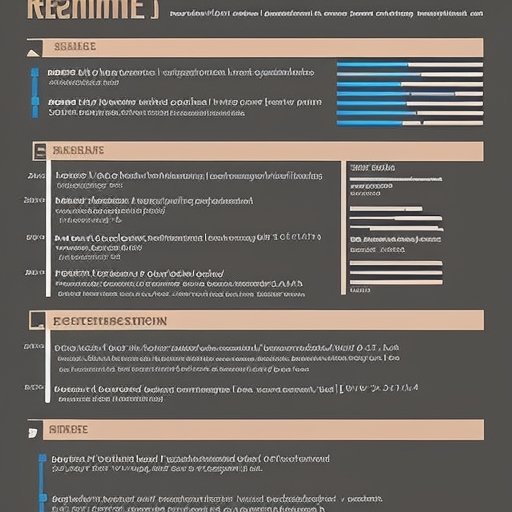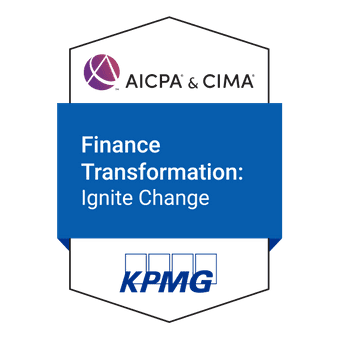What is performance management? Importance. Benefits. Process
Performance management has become an increasingly important aspect of organizational operations. It can ensure that the organization meets its goals and objectives while improving employee productivity and satisfaction. However, many organizations still lack a formal performance management system in place. This blog post will provide an overview of performance management and discuss some benefits it can offer organizations.
Importance of performance management
In the top companies, excellent performance happens at three levels,
- Organization
- Process and
- Individual
The organization is about common purpose, culture, mission, strategy, and policies. A successful business expects everyone in the company to understand and share these values.
These values must be aligned, and performance expectations must be communicated clearly. For example, if your company is developing cutting-edge technology, it needs great engineers. But the culture also needs to be innovative, team-focused, and collaborative.
And it needs to be expressed in concrete goals that everyone can understand because, in every business, people work together. And how do they do that? Using processes. All work is done at the process level, and these processes need to be designed.
Workflow, Job design, inputs and outputs must be designed and managed to ensure that individual employees contribute meaningfully and efficiently to the company's mission.
Engineers may work closely on an Innovative product, but their goals might never be met without the right processes. And yet employees are individuals, and the mission and processes of an organization depend on Individual performance being carefully managed.
So all employees need individual goals, competency guidance, training, coaching, and feedback. And when performance is less effective than it should be, it needs to be improved.
These three levels, organization, process, and individual, share a common aim, to increase the effectiveness of the company.
In a competitive environment, and every environment is competitive these days, organizations typically work to establish a high-performance culture where individuals and teams take responsibility for continuous improvement.
But none of this will happen by itself. All companies need a systematic approach to performance management.
So the first step in creating a performance management plan is understanding its aims. At the centre of every sound performance management system is the individual employee.
Performance management system
Performance management systems are built to help people focus on doing what's necessary to be successful. They must support the employee by empowering, motivating, rewarding, and aligning individual objectives with corporate plans.
So remember the three factors for performance management success. Communicate clear corporate expectations, involve employees and company processes, and use a systematic approach that links individual performance with the organization's mission, culture, and goals.
Benefits of Performance Management
Think of industries that have been around for a long time. An auto manufacturer, for example, or a large insurance provider.
It would be easy for these companies to keep using the design and work processes that may have served them well for years. But older processes can become obsolete and stifle innovation and productivity. Competitiveness depends on continuous improvement.
An intelligent performance management system helps a company improve its processes and competitiveness immensely. Let's consider the benefits.
- First, such a system allows a company to focus on results. If that automaker decides that its corporate goals include finding innovative solutions more quickly and efficiently, then having a management system will allow those goals to cascade down to departments, teams, and individuals.
- Correctly set up, the system will also align organizational activities and processes with corporate goals. So if the automaker's goals included building safer vehicles, its engineers might set an objective to improve braking system reliability by 20%. Such a result is measurable and helps optimize operations in a way that is aligned with the company's mission.
- Another benefit of a successful performance management system is that it nurtures a holistic and long-term view of the business. By treating employees as critical resources with programs that encourage them to share ideas and enhance their roles, the company helps ensure its future. Continuous improvement flows from secure, rewarded employees who understand that their performance aligns with corporate goals. So, a holistic approach to performance encourages business growth and innovation. An essential part of this approach is measurement.
- Performance management allows organizations to produce measurable data by establishing benchmarks and best practices. Measurements can also be used to quantify the result of performance improvement initiatives such as training, management development, and quality programs.
- Finally, an essential benefit of a performance management system is that it can improve morale and productivity. When individual employees understand what they are doing and why, when they know what's expected of them and how their work contributes to the business's goals, well, of course, in almost every case, they'll work more independently and make better decisions every day.
So from the highest levels of an organization to the activities of every single employee. A successful performance management system provides enormous value and increases productivity and organizational success.
Performance management process
The performance management process has five very clearly defined phases that help ensure a smooth implementation. Because each phase depends on the effectiveness of the phase before it, understanding and correctly implementing each phase is critical.
The five phases are
- plan,
- monitor,
- develop,
- review, and
- reward.
Let's look at each of them.
Plan
In the planning phase, you establish performance expectations. What are your employees' goals? How do they align with corporate objectives? Planning requires you to work with your team members to define individual expectations that can be expressed in specific performance indicators. Those indicators must be aligned with the overall corporate strategy, followed by creating role profiles. Role profiles outline what an employee must do to meet the performance expectations of the role. And they allow performance plans to be developed to objectively measure performance.
Monitor
So once you have created the plan, you have to monitor it. This is the second phase. Tracking performance lets you know if an employee's performance is delivering on expectations. Has she hit the proper quality levels and reached the performance indicators? If she isn't, what are the performance gaps? A gap is a difference between the desired and actual performance. Several tools are available to track performance, from basic charts to dashboards to complex Six Sigma analyses.
Develop
The important thing is that managers and employees need to agree on how data is collected being monitored and how the results will be interpreted. The whole point of a performance management system is that employees grow and help the business grow.
So the third phase is improved. By addressing performance gaps and giving employees clear guidance on how to improve performance, you are helping the employee to develop. Let's say you manage a sales team that failed to hit its quarterly quota. The gap between goal and performance could have been because of a lack of skill, knowledge, motivation, or even micromanagement or conflicting deadlines.
Review
You discover why and then support improvement through training, mentoring, development plans, or maybe even by switching responsibilities. And once the improvement is happening, you need to ensure it is maintained by regular reviews, the fourth phase of performance management. These reviews can be formal performance appraisals or less formal tools like grading records or development plans with specific milestones.
Reward
Finally, don't forget to reward. Your goal is to encourage and develop optimal performance, which is best achieved when employees are happy and productive.
So align performance with rewards, including compensation, bonus and incentive plans, and formal recognition. Using this five-phase performance management process, you can help your employees be secure and productive with goals that align with the business.
Closing comments
While performance management is essential to organizational operations, many organizations still lack a formal system. This can lead to decreased employee productivity and satisfaction.
However, there are several benefits that performance management can offer organizations. These benefits include improved goal setting, increased employee motivation, and better communication between employees and managers.
If your organization does not currently have a performance management system, consider implementing one soon. You may also want to take a course on performance management or read our articles for more information on this topic.
From the blog
View allOther popular blogs
Follow these links to help you prepare for the ACCA exams
Follow these blogs to stay updated on IFRS
Use these formats for day to day operations
- Account closure format
- Insurance claim letter format
- Transfer certification application format
- Resignation acceptance letter format
- School leaving certificate format
- Letter of experience insurance
- Insurance cancellation letter format
- format for Thank you email after an interview
- application for teaching job
- ACCA PER examples
- Leave application for office
- Marketing manager cover letter
- Nursing job cover letter
- Leave letter to class teacher
- leave letter in hindi for fever
- Leave letter for stomach pain
- Leave application in hindi
- Relieving letter format
Link for blogs for various interview questions with answers
- Strategic interview questions
- Accounts payable interview questions
- IFRS interview questions
- CA Articleship interview questions
- AML and KYC interview questions
- Accounts receivable interview questions
- GST interview questions
- ESG Interview questions
- IFRS 17 interview questions
- Concentric Advisors interview questions
- Questions to ask at the end of an interview
- Business Analyst interview questions
- Interview outfits for women
- Why should we hire you question
Popular blogs
Leave application format
Crafting the perfect leave application for any scenario, from personal emergencies to medical leaves, often presents a challenge. To simplify this task, we've assembled an extensive index of leave application formats designed for various circumstances. Our collection is aimed at enhancing the clarity and professionalism of your leave requests. Dive into our index to discover the template that aligns with your specific needs, facilitating a smoother leave application journey.
List of Leave application formats
- Leave application for office
- Leave application for school
- Leave application for sick leave
- Leave application for marriage
- leave application for personal reasons
- Maternity leave application
- Leave application for sister marriage
- Casual leave application
- Leave application for 2 days
- Leave application for urgent work
- Application for sick leave to school
- One day leave application
- Half day leave application
- Leave application for fever
- Privilege leave
- Leave letter to school due to stomach pain
- How to write leave letter










Leave a comment